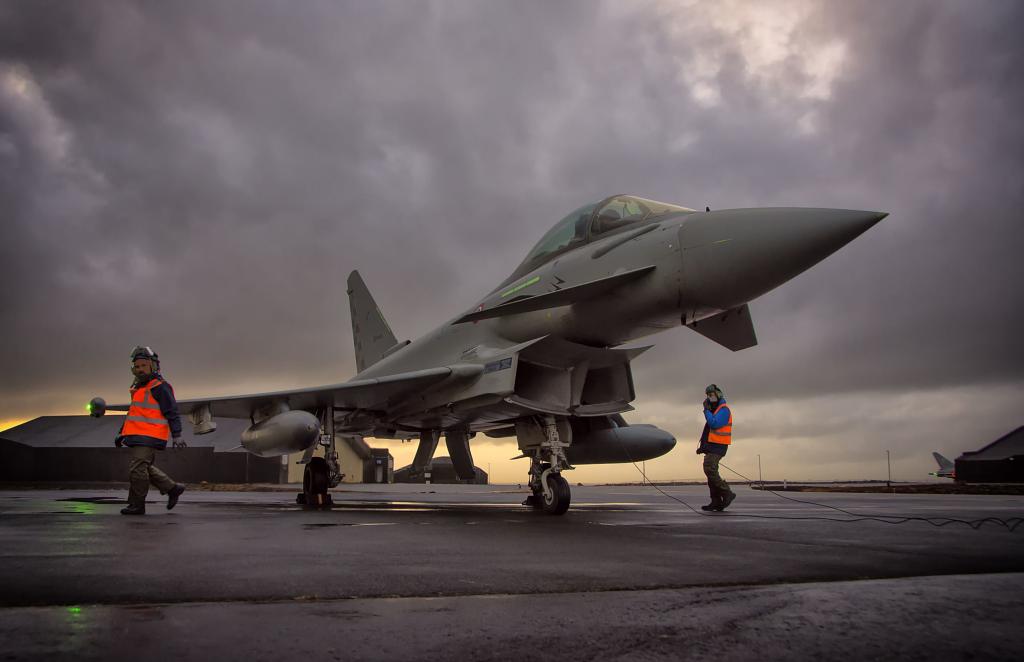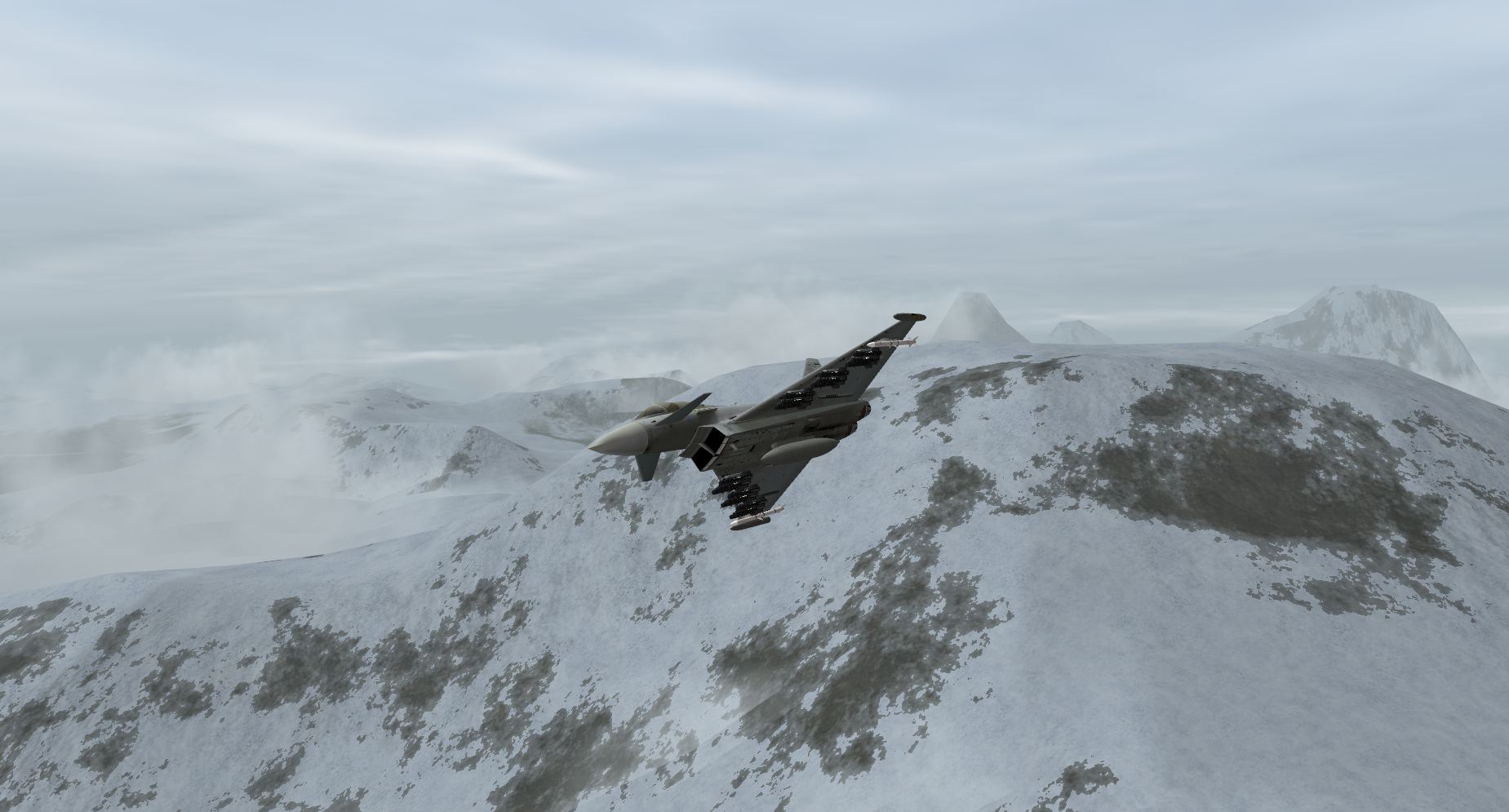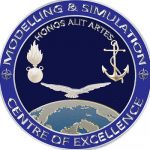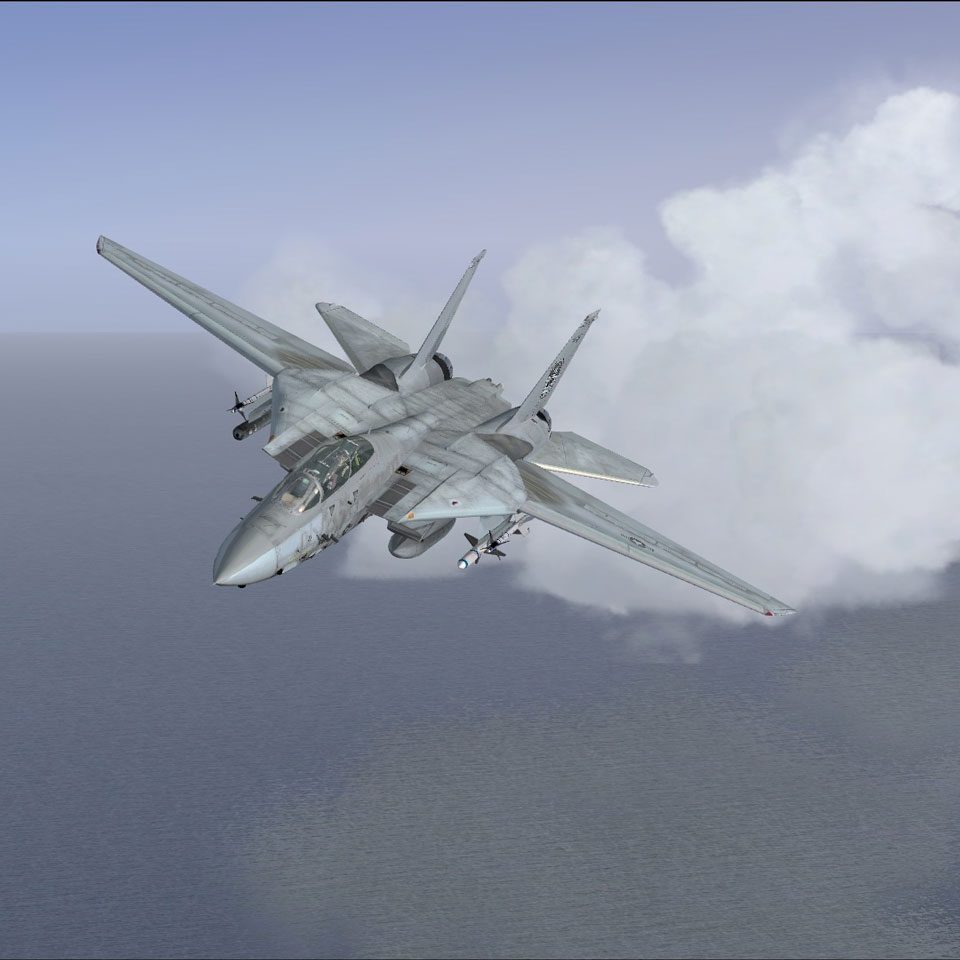Flight simulation as a training method goes back a long way, to the early 20th century, not long after the first manned flying craft took to the air.
But whereas the principle of simulation has continued to be fundamental to flight training, the means have become increasingly advanced, and lifelike.
Technology has enabled this evolution of simulation, with pioneering platforms leading the way. One of these is MAK Technologies’ MAK ONE suite, which includes dedicated modelling and simulation for air mission operations training.
What Makes Modern Flight Simulation Effective?
Air force training emphasises constant readiness and familiarity with air combat and defence strategies and tactics.
But enacting these things in the live arena is not always achievable. There are issues with resources, with costs and with safety. Large-scale live training for air mission operations is simply not practical.
However, advanced technology now makes flight simulation that much more immersive, versatile and challenging for pilots.
The MAK ONE platform creates virtual worlds that are filled with mission support units, opposing forces and a range of threats.
This is realistic modelling at a whole different level.
It combines high resolution with high fidelity and enables prolonged and profound engagement on the part of both trainees and instructors.
The MAK ONE platform offers an advanced level of interoperability. Customers can fully integrate their own data into it, and it will work seamlessly with other modelling and simulation architecture, such as:
- DIS – Distributed Interactive Simulation
- HLA – High Level Architecture
- TENA – Test and Training Enabling Architecture.
Therefore, where simulation training already exists, MAK ONE can enhance and expand it.

How Does Air Missions Training Simulation Work?
MAK ONE’s simulation platform for air missions training goes beyond standard flight simulation, providing a highly realistic, lifelike virtual training environment. It includes programmable, customisable and reconfigurable scenarios, models and exercises, with a detailed array of characteristics and behaviours.
This versatility extends to both trainees and instructors, enabling highly person-focused levels of training, adjusted to individual specifications. The platform includes a range of vehicles and virtual personnel and complex weapons systems. It places the trainee at the very heart of things, where they experience these lifelike conditions from an individual perspective.
These include strategic actions and reactions, raised threat levels, neutral and hostile characters and challenging environmental conditions.
Here, they interact with equipment, vehicles and virtual humans.
What is the Pilot’s Simulation Experience?
Simulation for air force training is completely immersive, putting the protagonist centre-stage, where they must make critical decisions and take clear actions in response to the scenarios they are faced with.
The VR-Engage platform included in MAK ONE enables this role-playing, and the user becomes the pilot of a jet, aeroplane or helicopter.
Models include the Apache Longbow and Eurofighter Typhoon.
The platform renders these components in high-fidelity, vivid detail, ensuring that the user experiences the as-if conditions of a real flight mission. What's more, MAK Technologies and RT Dynamics are integrated to allow users to control helicopter and aircraft entities with high level commands, such as land or move to. Those models are 100% physics based, meaning that there is no negative training.
The simulated environment includes realistic weather conditions such as wind-blown ground fog, wind and rain.
Mission terrains vary from runways to mountainous landscapes and concealed threats.
Pilots in simulations carry out strategic operations, use weapons and engage in evasive and defensive as well as offensive tactics.

How does Simulation Work for Instructors?
As an advanced training tool, modern flight simulation allows instructors to devise and execute individual training programmes, and to deploy autonomous, computer-generated forces.
They can incorporate desktop role players, where they want to increase the fidelity of the simulation experience with human interaction, and represent behaviours and decision-making that are tactically precise.
This allows air mission operations training centres to build complex simulation environments, which are fully immersive, yet flexible.
The MAK ONE platform has an extensive performance-monitoring capability, making sure that instructors can assess performance and modify exercises in real time.
Can Simulation Provide Realistic and Affordable Training?
Air mission operations training is potentially very costly, and draining on resources.
Actual, in-flight training in fighter jets also includes an inherent risk to both personnel and equipment.
Advanced simulation platforms reduce this risk, while providing high-fidelity training scenarios that prepare personnel for physical air combat missions and manoeuvres.
Comprehensive and scalable, but adaptable and people-focused, simulation platforms provide cost-effective training solutions.
Strategic Simulation Solutions from ST Antycip Engineering
We specialise in providing specialist simulation, virtual reality and visual display training. MAK Technologies is one of our key partners.
The MAK ONE suite is a whole-world synthetic environment simulation platform, which includes simulation for air missions operations training.
For more information, please read our eBook, Simulation Platforms for Air, Land, Sea and Cyber.
Join us at the virtual edition of the Cax Forum to learn more: Join us
Join us 


















